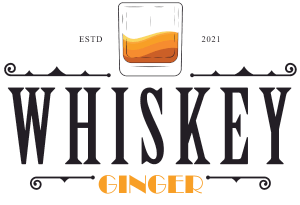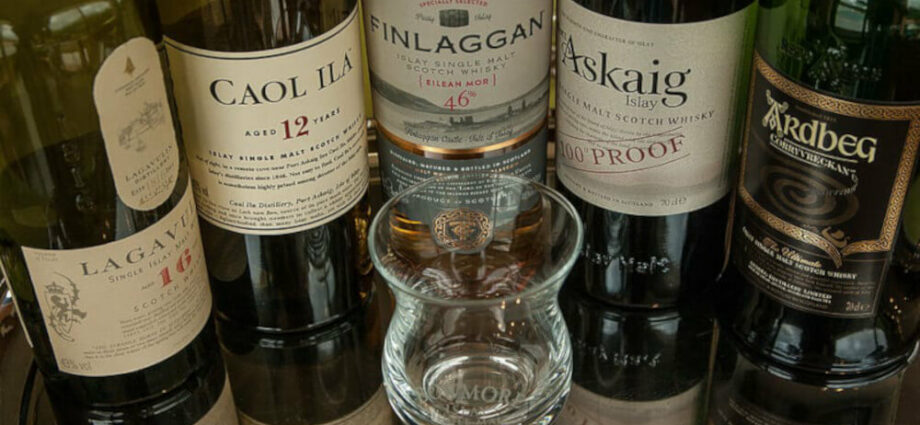When discussing the alcohol content in spirits, the term ‘proof’ echoes from the British Isles to the European mainland and even across the Atlantic to the United States. But here’s the quirk: its interpretation varies based on geographical boundaries and historical contexts. Let’s take a moment to unravel the story behind ‘proof’ and the fascinating ways its definition has evolved over the years.
Origins: Proving the Potency
The genesis of the term ‘proof’ traces back to Britain, sometime around the 17th century. It was more than just terminology; it was a validation process. In an age where spirit strength determined taxation, officers of Customs & Excise needed a reliable way to verify alcohol content. The litmus test? Combining spirits with gunpowder and setting it alight. The outcome of this fiery test provided the answer: a steady flame indicated a ‘100 proof’ spirit, while a more energetic combustion (think mini explosions) signified ‘overproof’. A spirit that failed to ignite? That was labeled ‘underproof’.
However, this method, which probably led to a few raised eyebrows and possibly missing eyebrows, soon gave way to more scientific approaches. In 1740, the Clark hydrometer offered a safer way to measure spirit strength. By 1816, Bartholomew Sikes’ version replaced the Clark hydrometer, and in a remarkable step, the Sikes method was even legislated in 1818.
The Legacy of Fire and Gunpowder
Imagine a time when verifying the strength of alcohol wasn’t just a routine process but a theatrical display. The elemental dance of spirit-soaked gunpowder bursting into flames was, in many ways, the earliest validation of a spirit’s character. However, this theatricality wasn’t for show – it was a matter of economics. Taxation of spirits in 17th-century Britain was no joke. The Crown, always keen on filling its coffers, levied duties based on alcohol strength. Thus, the gunpowder test wasn’t just about flair; it was a matter of fiscal importance.
This approach gauged the specific gravity of a spirit when it was mixed with water. By this reckoning, a spirit classified as ‘100-proof’ comprised 57.1% alcohol by volume (abv).
The Continental Approach
Meanwhile, in Europe, a new method was brewing. Joseph-Louis Gay-Lussac, a French scientist, 1824 introduced an approach that gauged strength as a percentage of alcohol by volume in a water solution, but at 20°C. Over time, Gay-Lussac’s method gained traction and, in a historic shift in January 1980, the UK swapped Sikes’ method for a version adapted from Gay-Lussac, marking a farewell to the old ‘proof’ labels on Scotch bottles.
The Clark hydrometer, a pioneering tool of its time, marked a significant shift towards a more sophisticated and scientific method of determining alcohol content. Fast forward a few decades, and Bartholomew Sikes introduced his rendition, a tool that not only gained rapid popularity but also received the stamp of legislative approval. This transition from rudimentary tests to science-backed methods underscores the continuous evolution in the spirit industry’s quest for accuracy.
For those of you keeping track, before 1980, an 80-proof Scotch equated to 45.8% abv. The magic formula? Just multiply the abv by 1.75.
A Different Take Across the Atlantic
When you consider the diverse cultures and histories of Europe and the United States, it’s no surprise that the methods to determine ‘proof’ diverged. In Europe, Gay-Lussac’s method brought about a continental consensus. This scientific approach appealed to the precision-loving Europeans, but it was more than just about accuracy. The method mirrored Europe’s penchant for standardization and collaborative unity. Across the Atlantic, however, the American method, though simpler, was grounded in tradition. Established in the mid-19th century, it’s not just a matter of measuring alcohol content but a reflection of America’s deep-rooted spirit of independence
Yet, the tale doesn’t end there. Venture to the United States, and you’ll discover another twist in the ‘proof’ narrative. Their method, in place since 1848, also evaluates alcohol content as a percentage of alcohol by volume. But here’s the catch: in the U.S., a 100-proof spirit contains just 50% alcohol by volume. And if you’re doing the math, determining the abv of American whiskey is straightforward: simply halve the proof.
So, why do these variations exist? Cultural differences, historical contexts, and even a touch of national pride play roles in these distinctions. Yes, while some might cheekily comment on the American pronunciation of ‘aluminum’ or ‘oregano’, it’s clear that when it comes to ‘proof’, the U.S. has held steadfast to its method.
Unraveling the Proof Puzzle
To many, especially those newly introduced to the world of spirits, the term ‘proof’ and its multiple interpretations can seem like a tangled web. But, as we’ve discovered, behind each definition lies a rich tapestry of history, science, and tradition. By appreciating these nuances, we can better understand and appreciate the intricate world of spirits.
To this day, whether you’re examining a vintage Scotch bottle with its old ‘proof’ label or savoring a contemporary American whiskey, ‘proof’ remains a vital indicator. It’s a bridge to the past, a nod to scientific advancements, and above all, a universal measure of the spirit’s heart and soul. So, the next time you come across the term ‘proof’, remember its multifaceted meanings and let it enhance your appreciation of the liquid gold in your glass.

